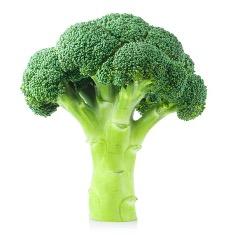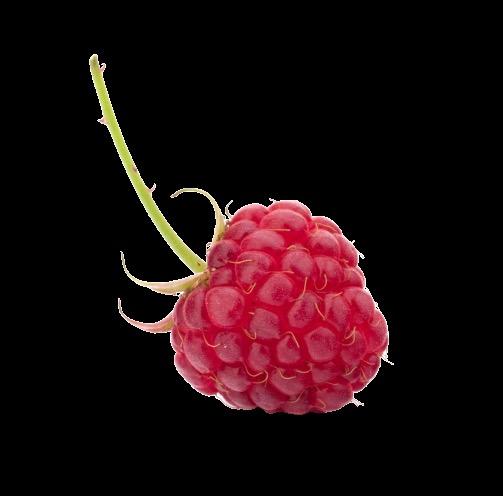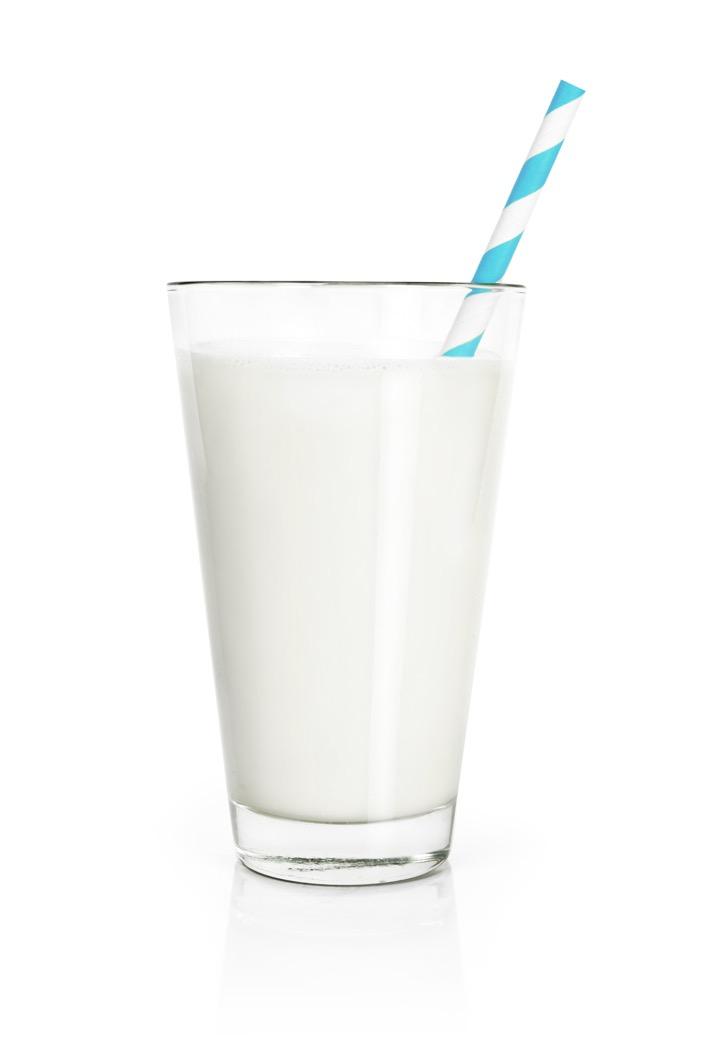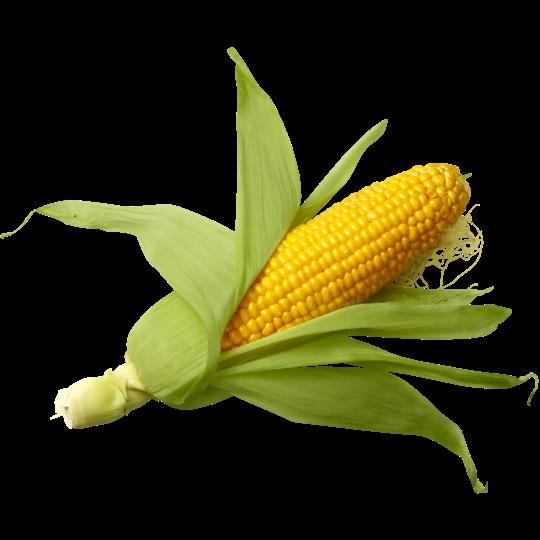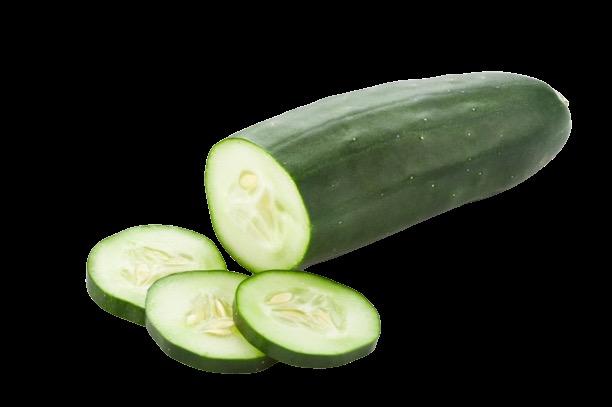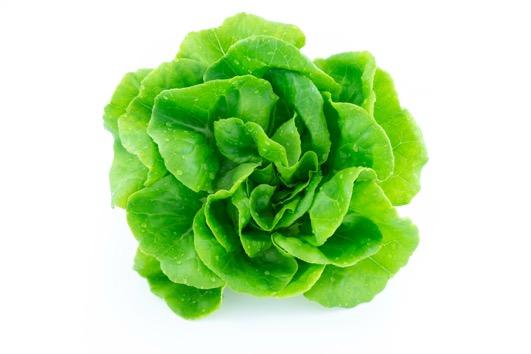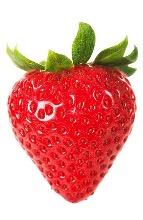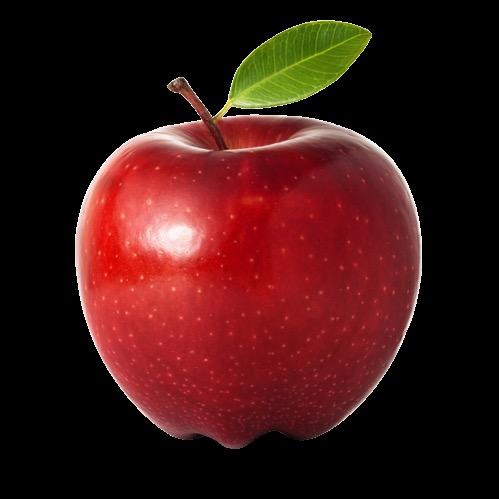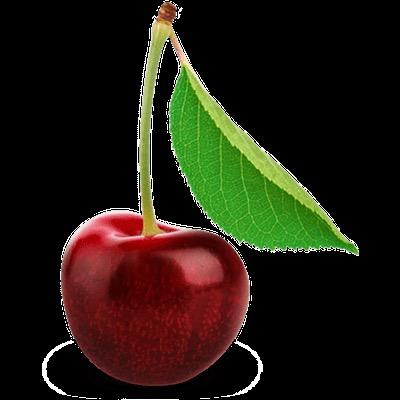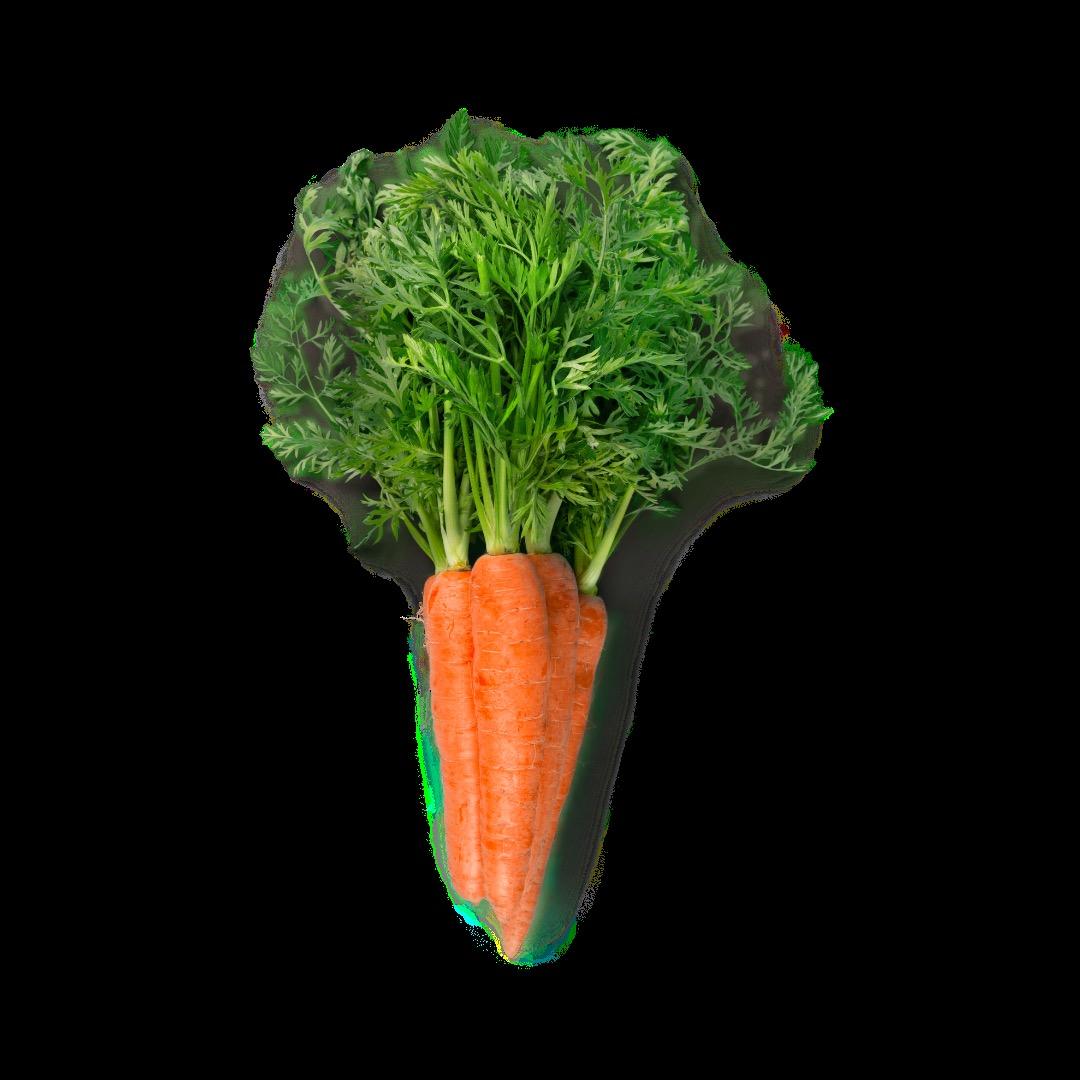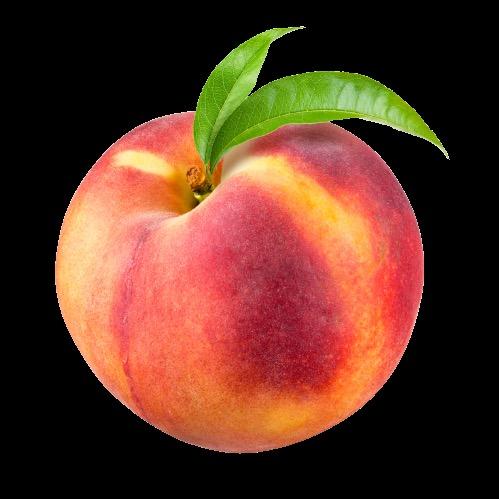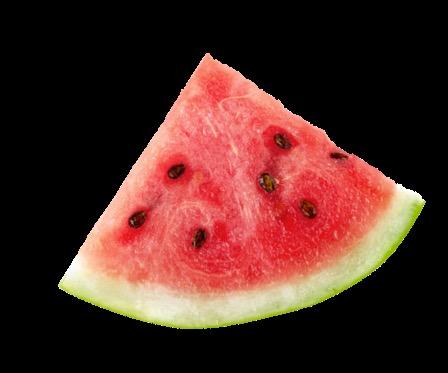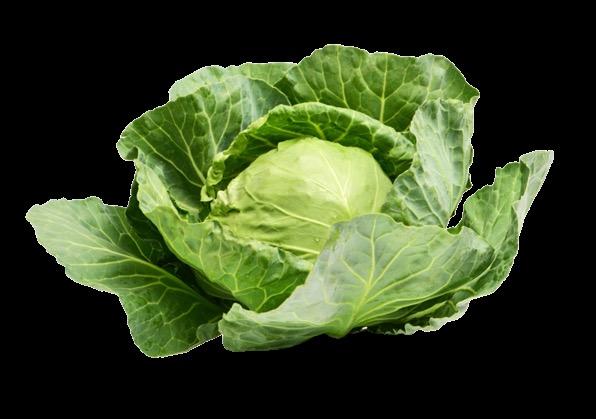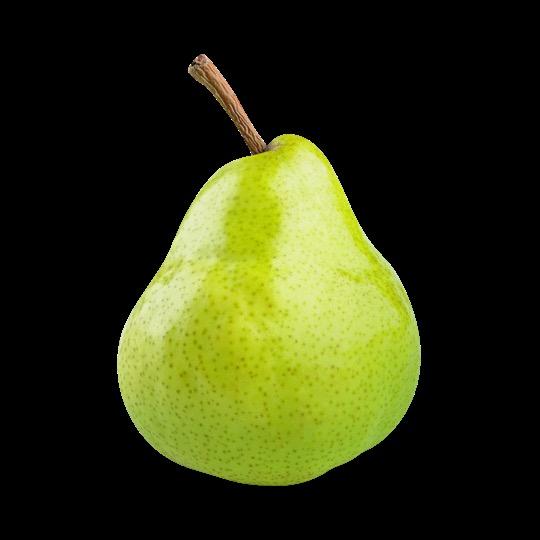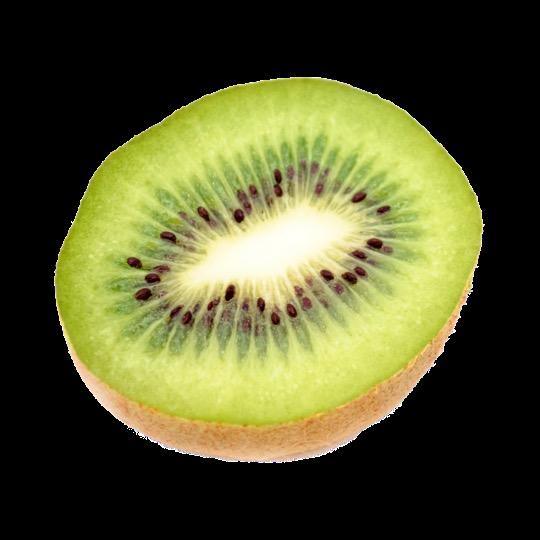




C elebratin g local food, local farmers & nutrition education!
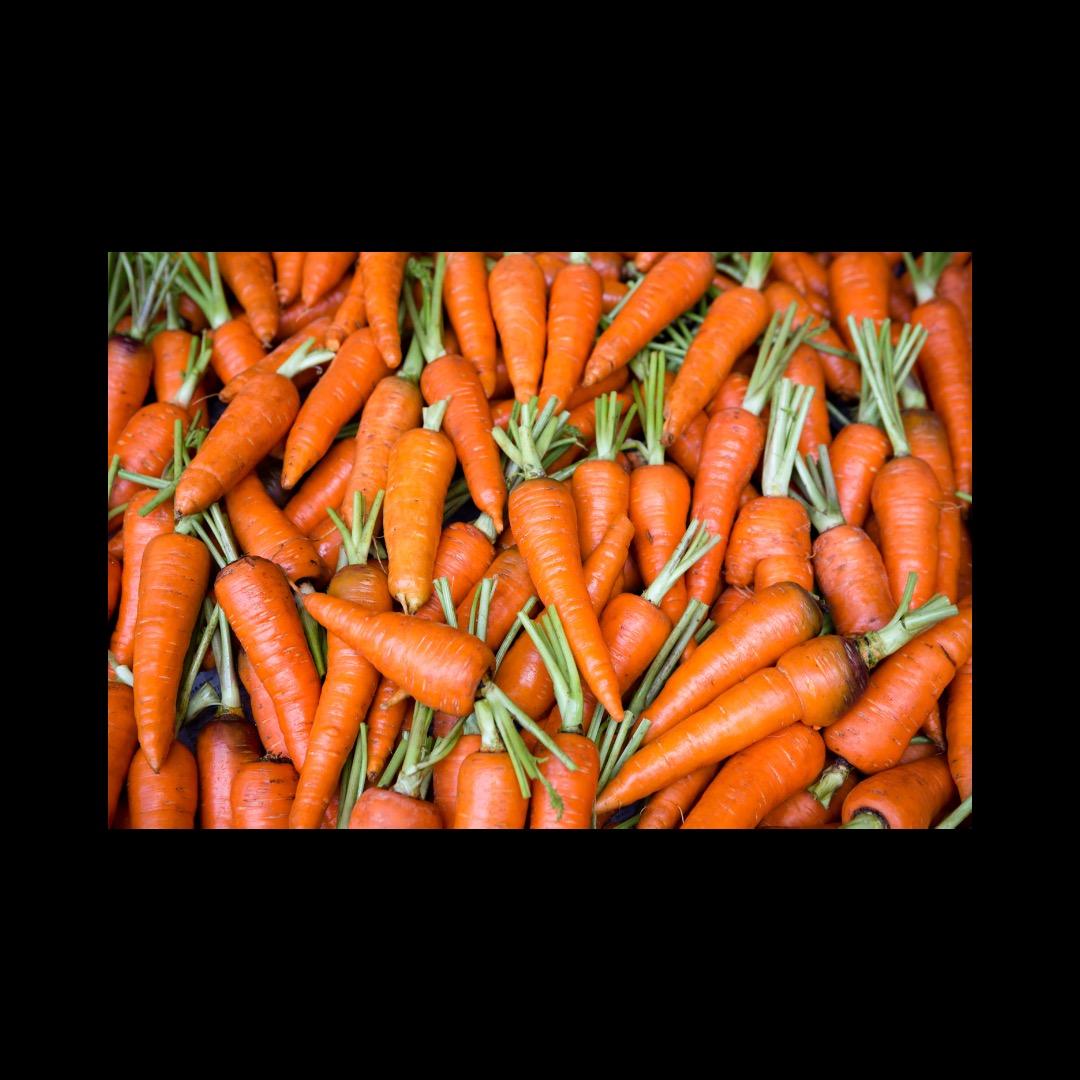
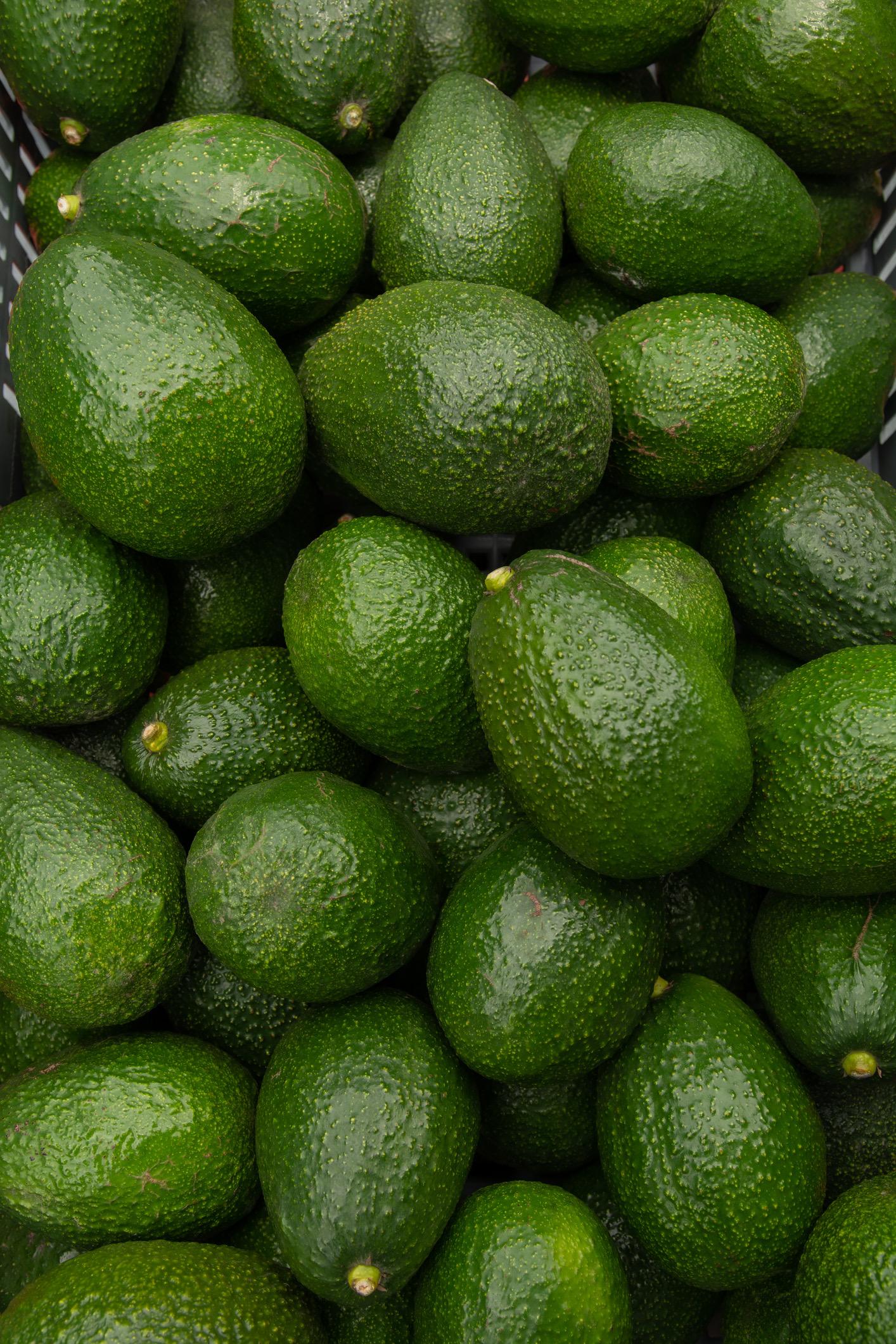




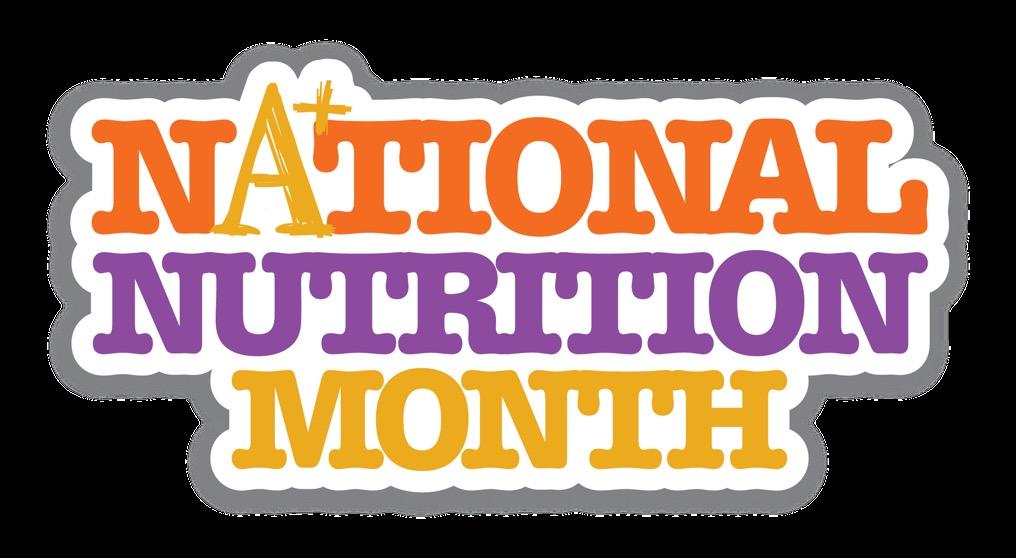
Monterey Peninsula USD’s Nutrition Services department is proud to be participating in Farm To Student serving healthy foods and


Celebrating local food, farmers & nutrition education!

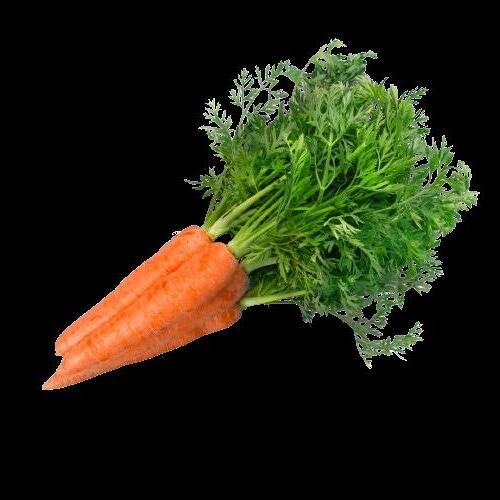
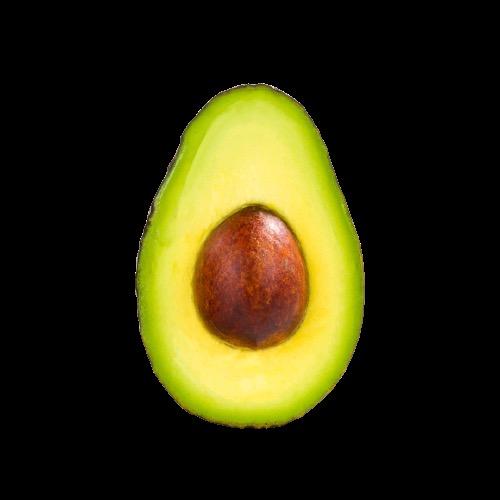
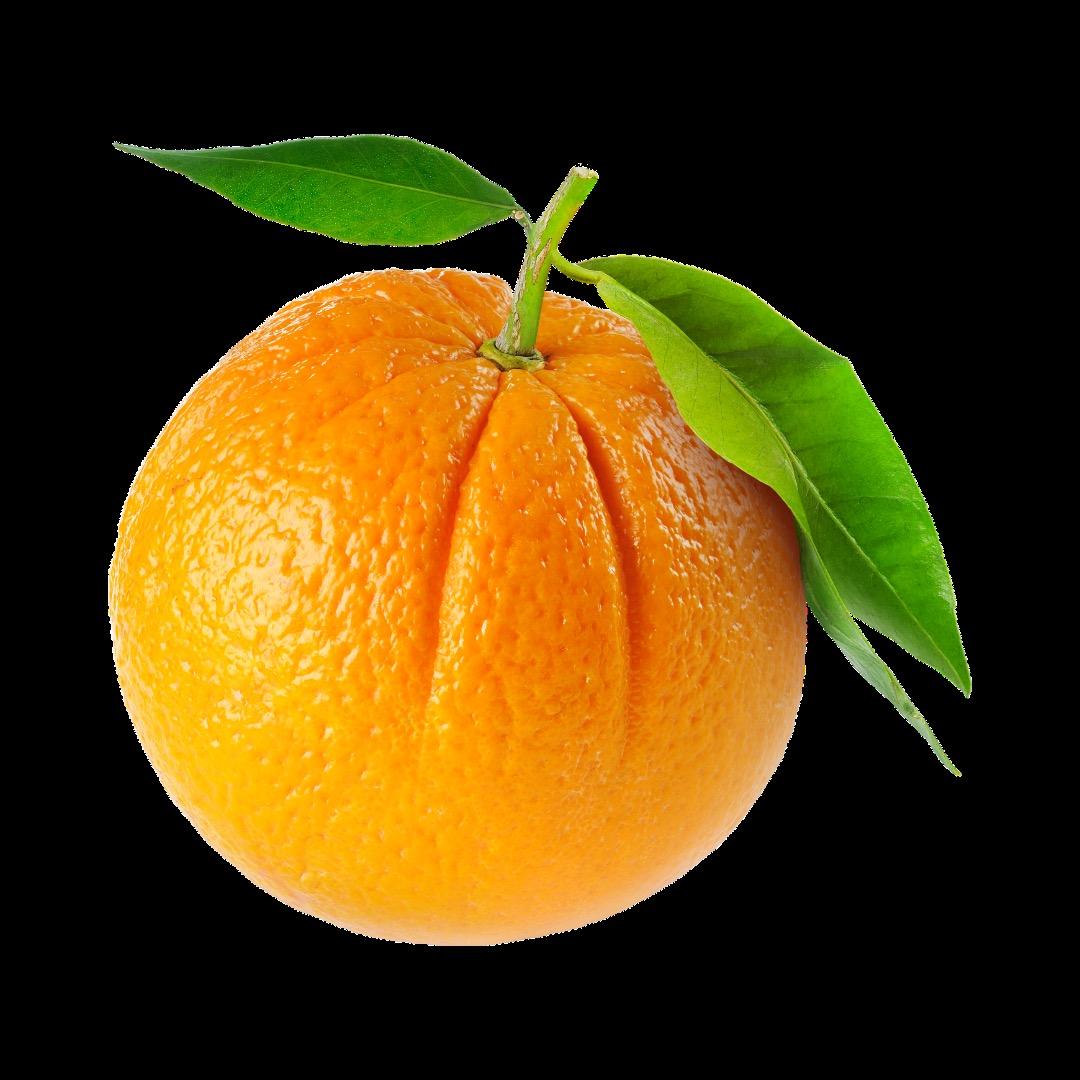
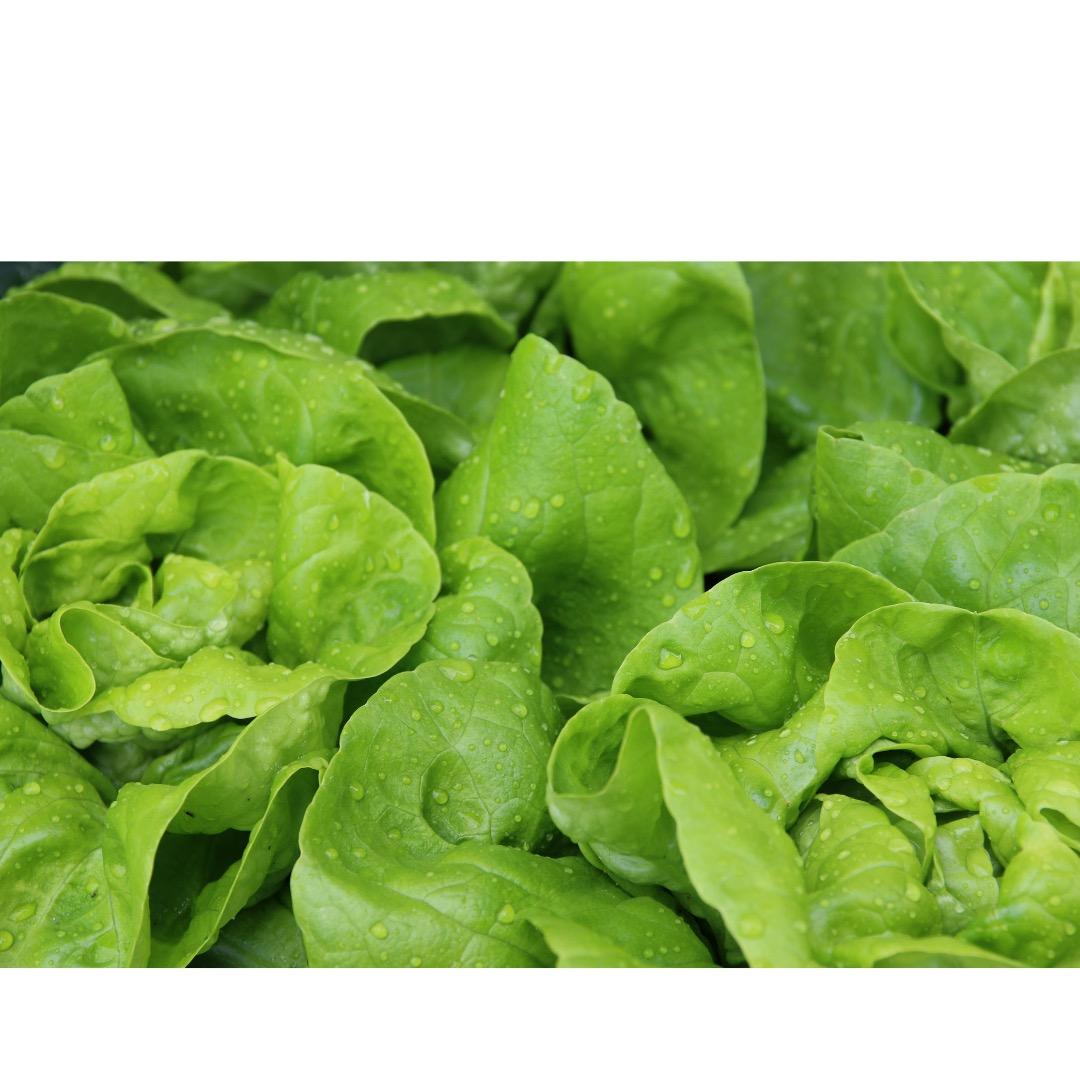




Lettuce plants grow to be 6 - 12 inches tall.

4.
Lettuce grows best in cooler climates.
Iceberg lettuce (also known as crisphead) is the most popular type of lettuce in the U.S.
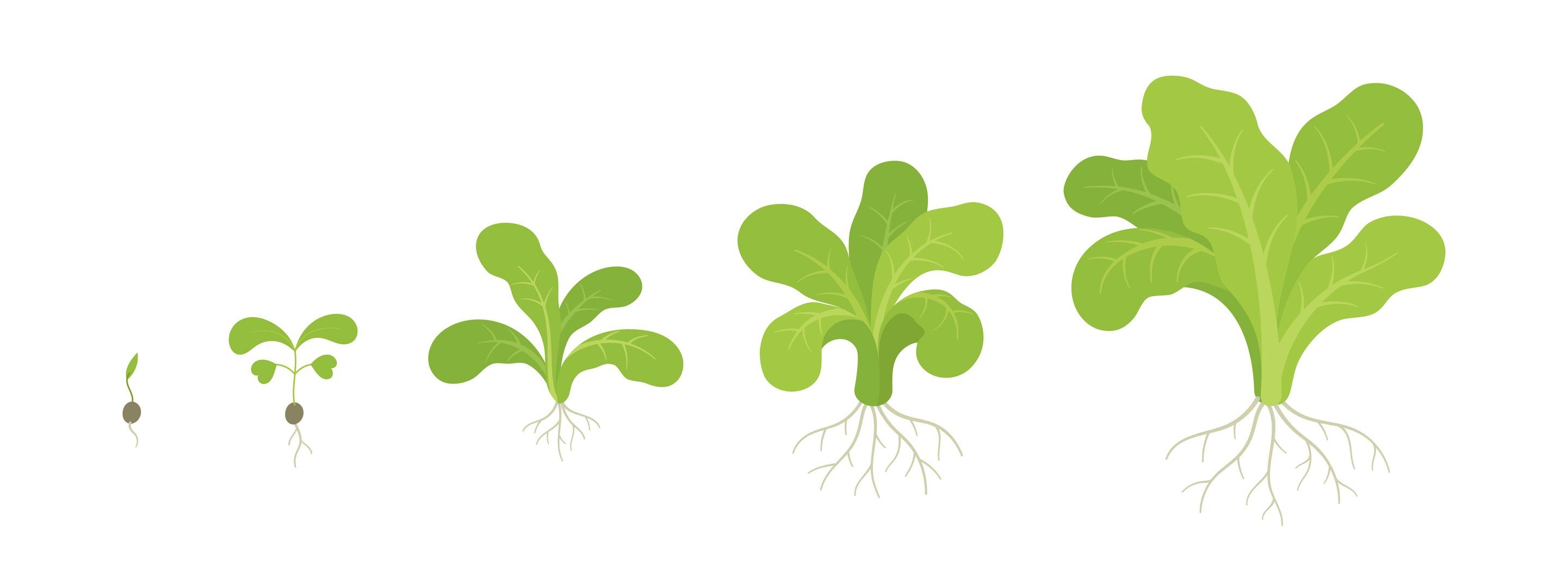



Hydration is the process of replacing fluids Water is the body’s main source of hydration.
Being hydrated helps convert food into energy
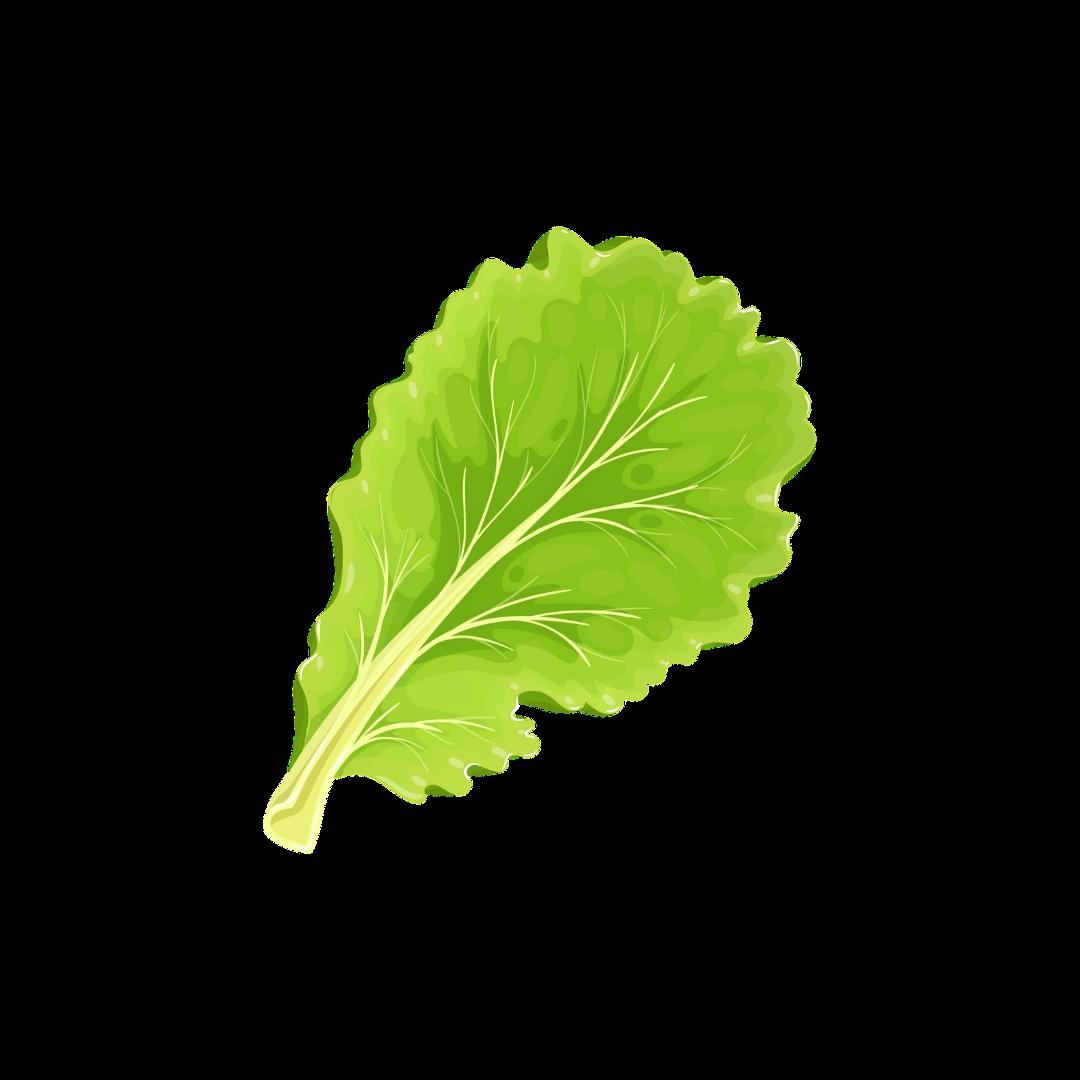




Hydration helps regulate body’s temperature

The body’s 6 essential nutrients: carbohydrates, proteins, fats, vitamins, minerals & WATER !
Water helps carry nutrients & oxygen to all the cells in the body.

Proper hydration can help to improve moods.

The body is better at fighting off when properly hydrated.
Sleep quality can improve when the body is hydrated.
Many fruits & vegetables have a high water content, making them hydrating to eat.


Avocados are a “single-seeded berry. ”

Avocados are a FRUIT!
90% of avocados grown in the U.S. are grown in California.

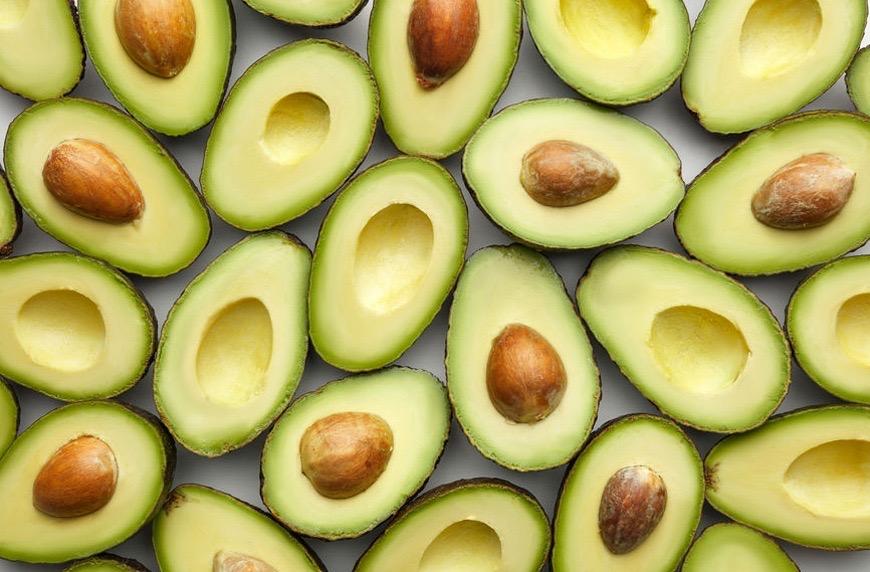
There are over 500 different varieties of avocados that can vary is size, texture & shape. Hass avocados are the most popular variety.

Hass avocados are native to California.
Avocado trees range from 60 feet tall. It takes a minimum of a YEAR to grow an avocado.
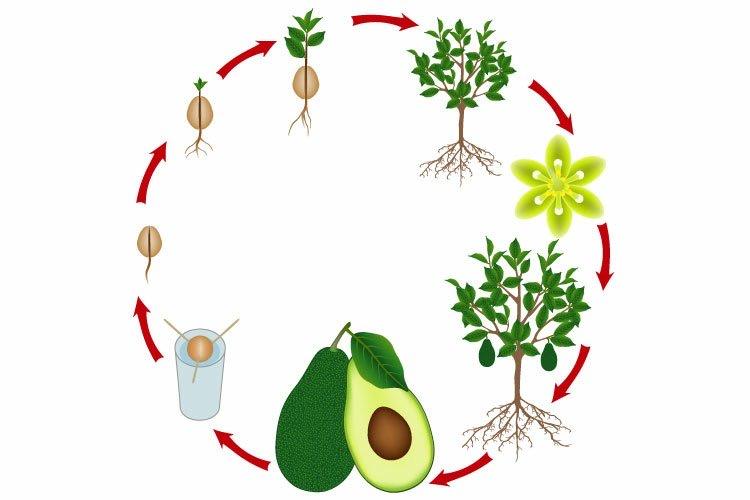
Avocados need a lot of sunlight to grow.
An avocado tree produces around 60 pounds

Avocados ripen AFTER they are harvested.



The body uses fats to store energy, maintain
There are 3 types of fats: saturated, unsaturated & trans.
Unsaturated fats are considered the “healthy fats nuts, avocados & fish.
Carrots

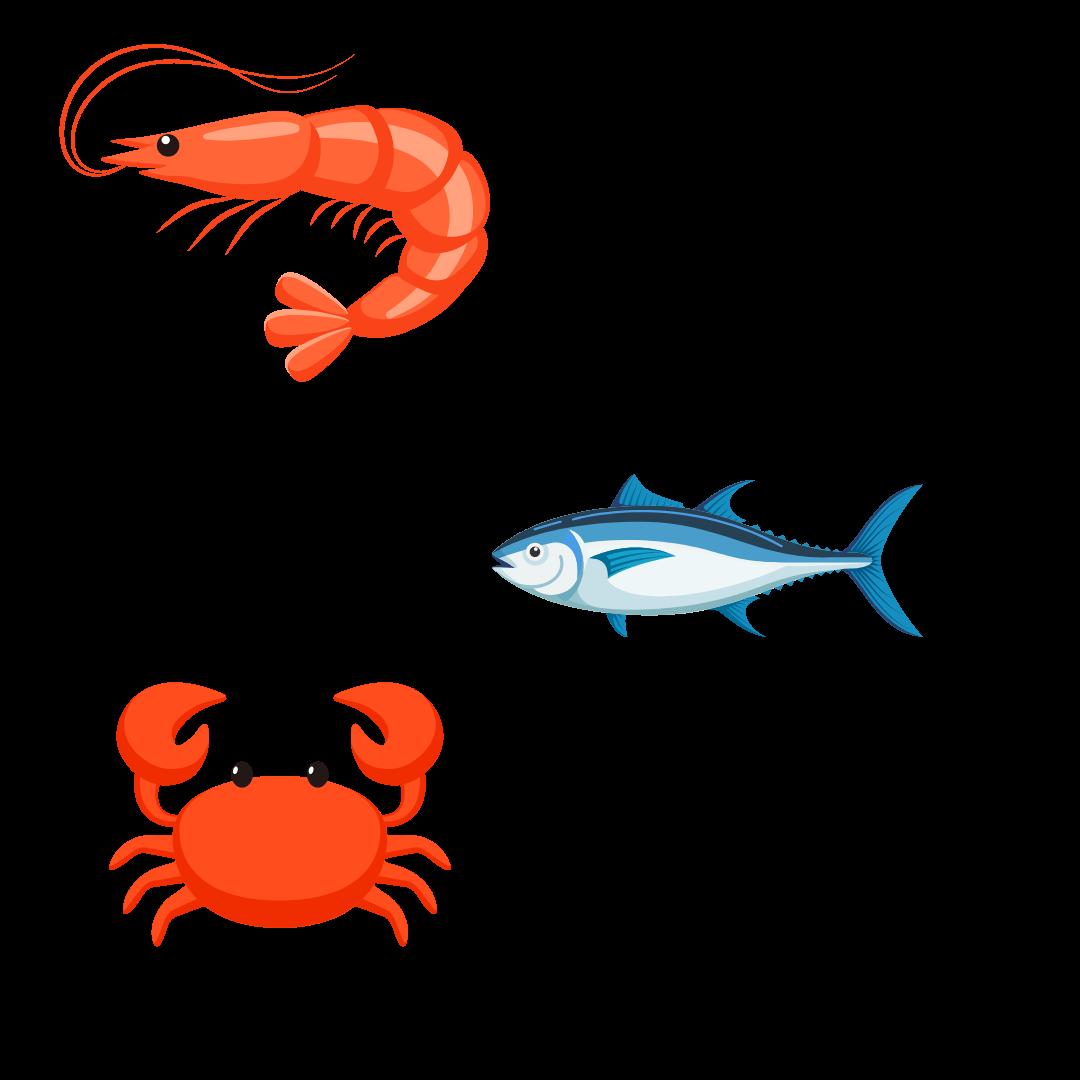
help the body

Unsaturated fats are liquid at room temperature.


Unsaturated fats are good heart health.
Saturated fats can be found in foods like whole milk, cheese & butter
Healthy fats are essential for brain development.
Remember…not all fats are bad!
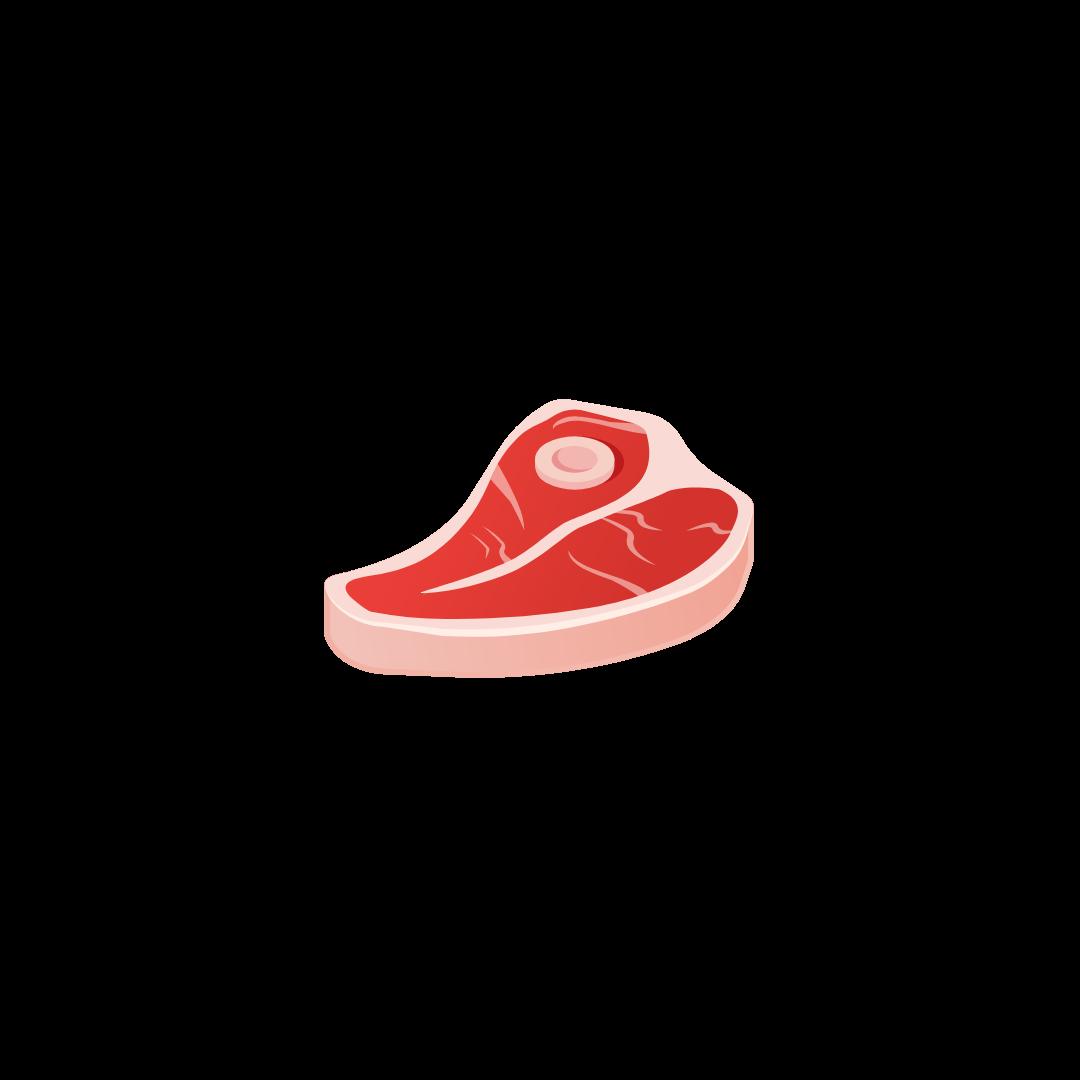
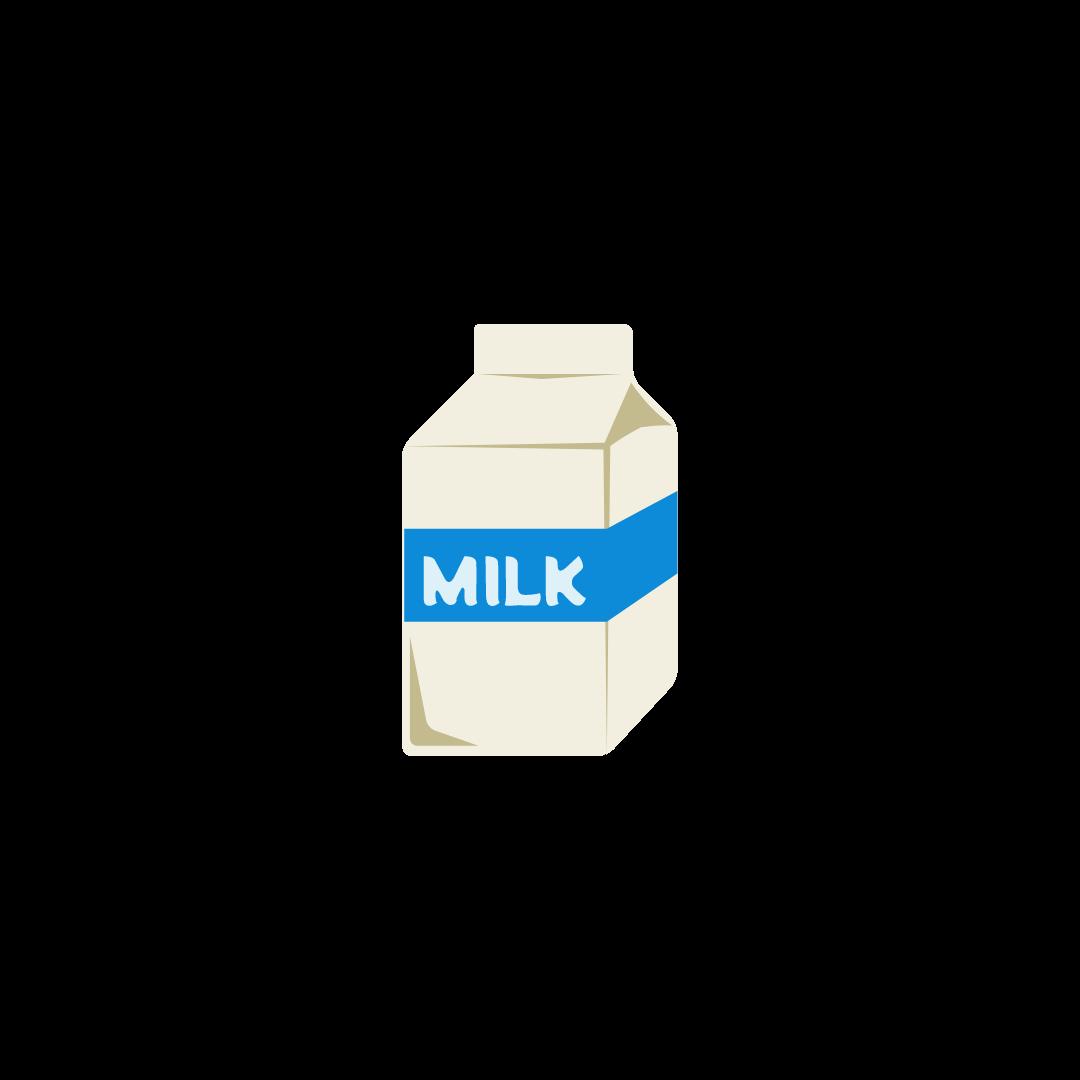
Healthy fats are essential for growth & development.
Trans fats are produced through food processing.

Fats belong to a group of large molecules called lipids.
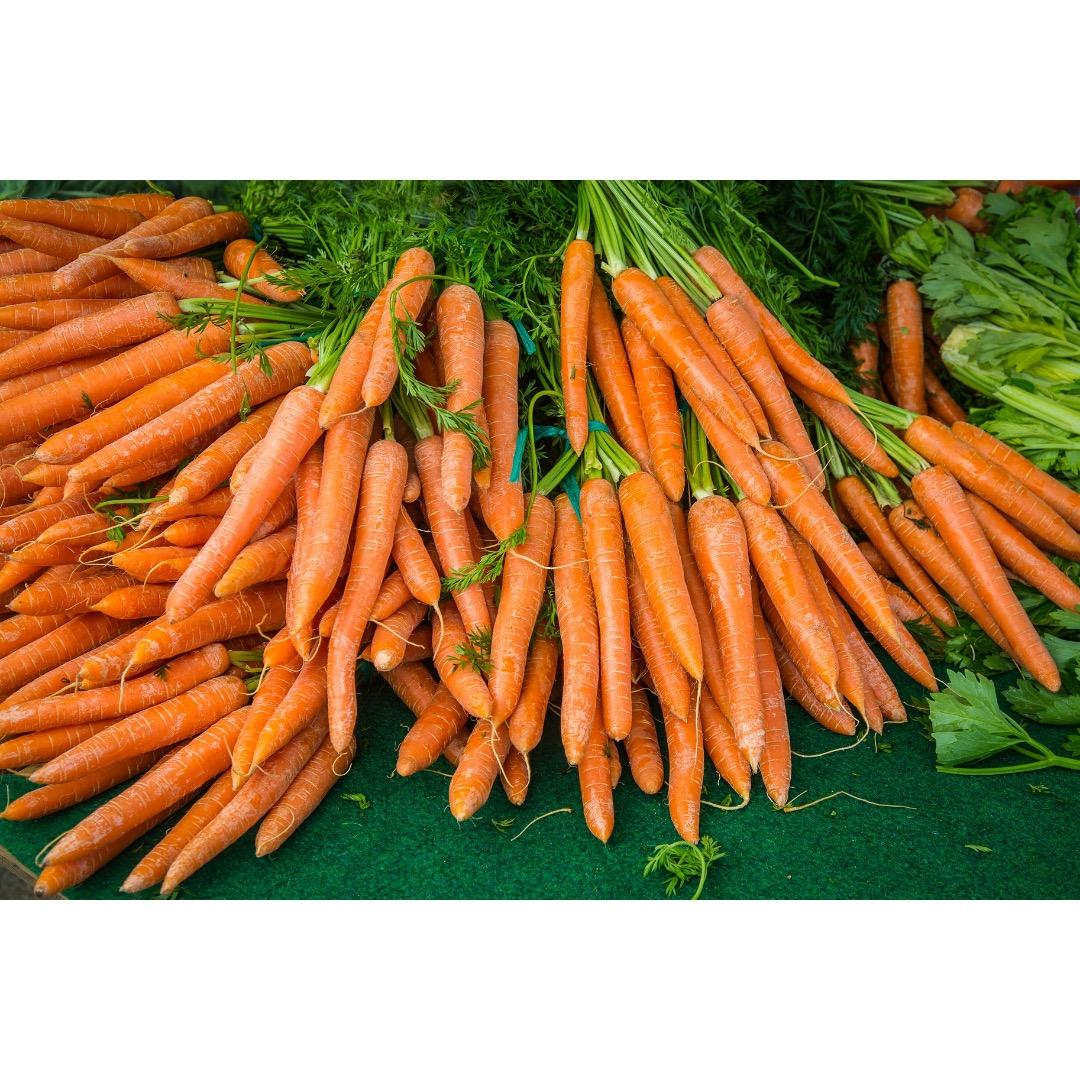


Carrots are a type of root vegetable underground

Carrots are 88% water.

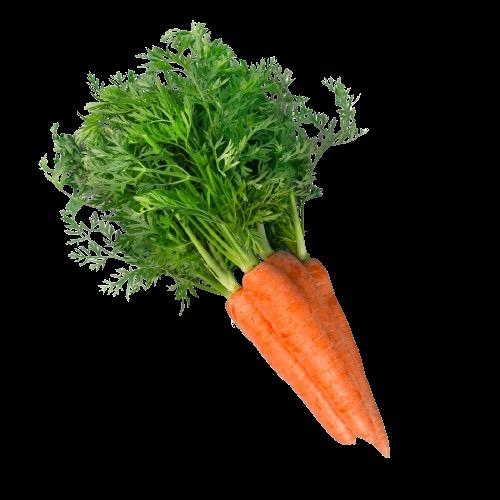
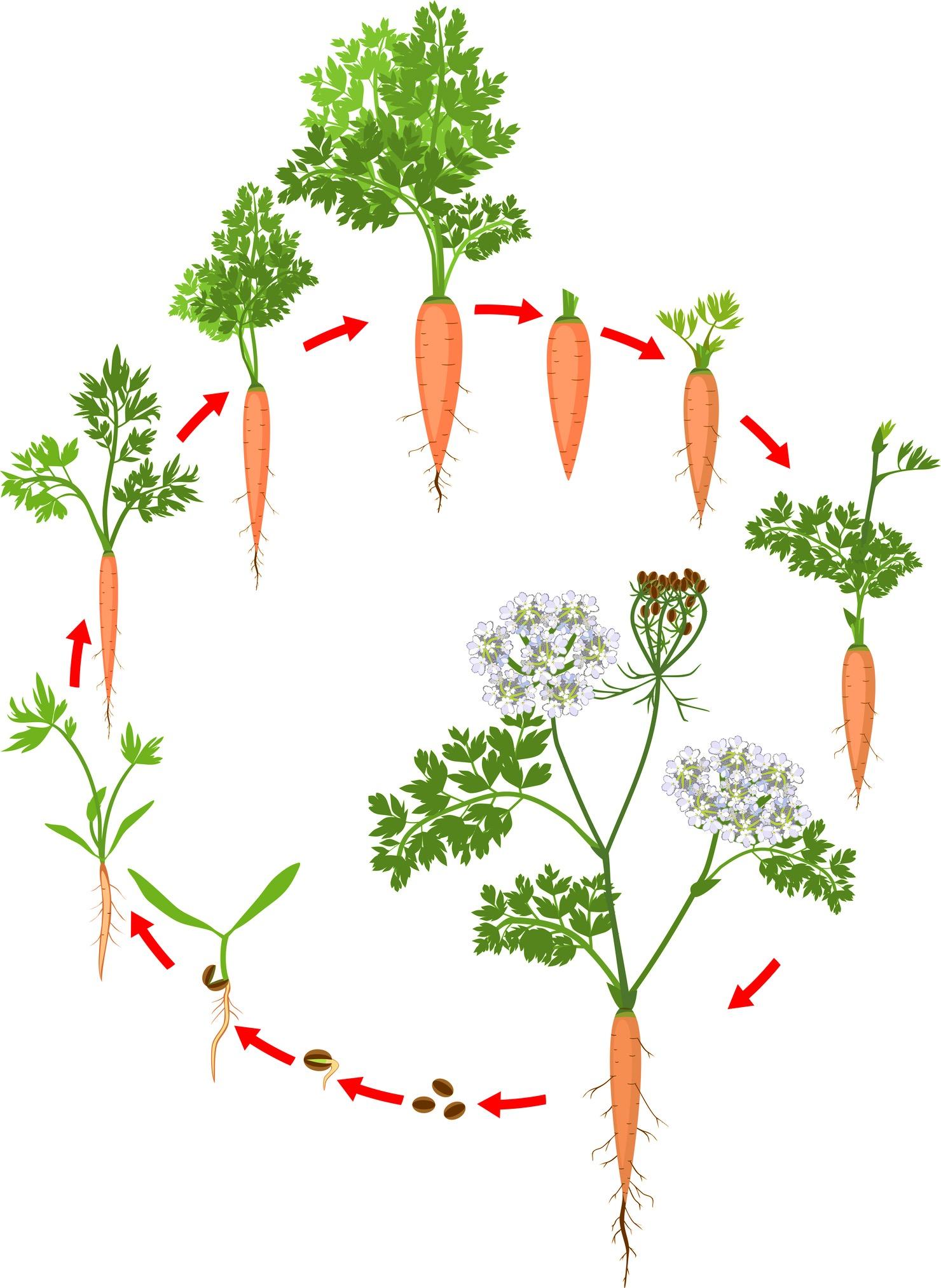
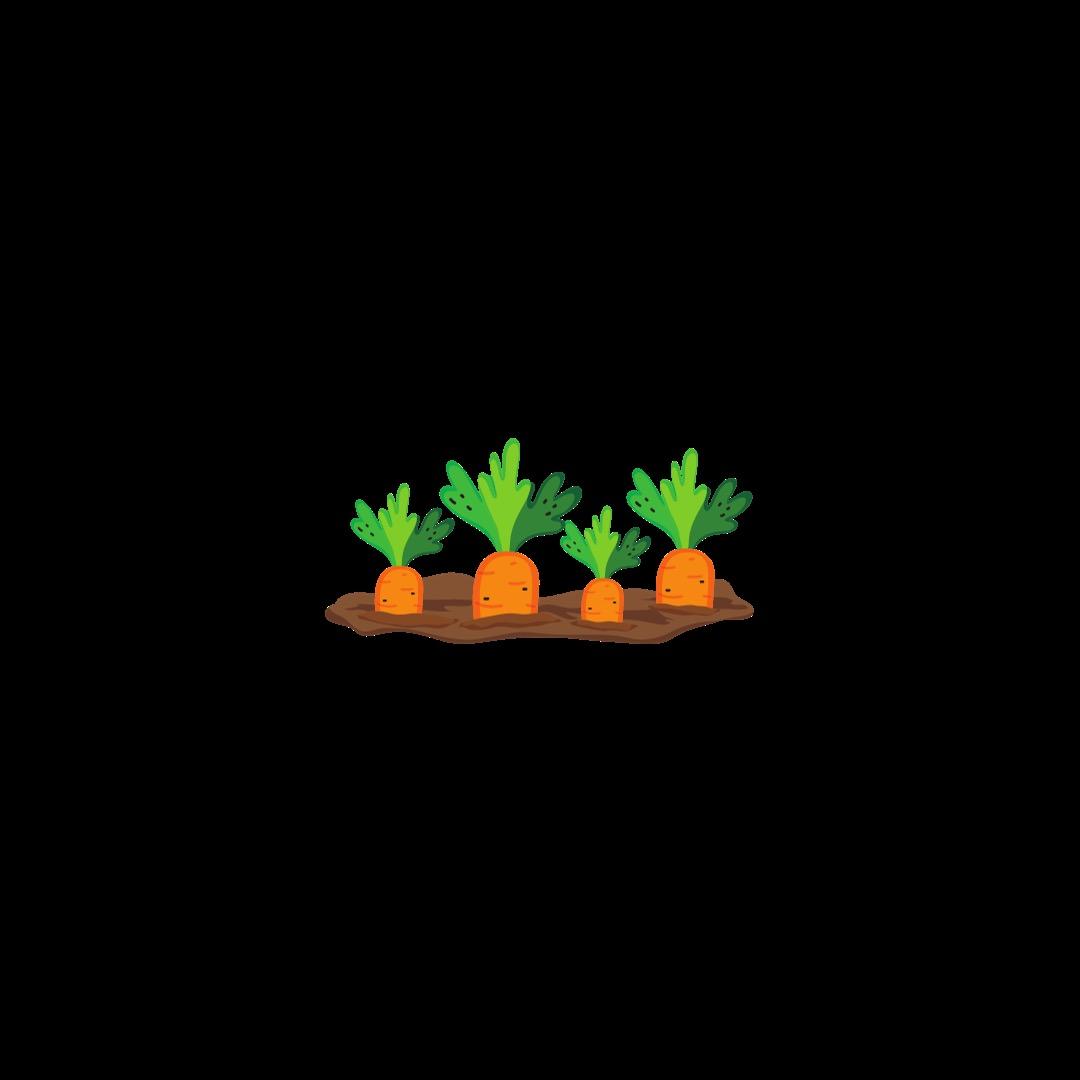


WINTERS underground!
Carrots are biennials, which means they have a 2-year life cycle.

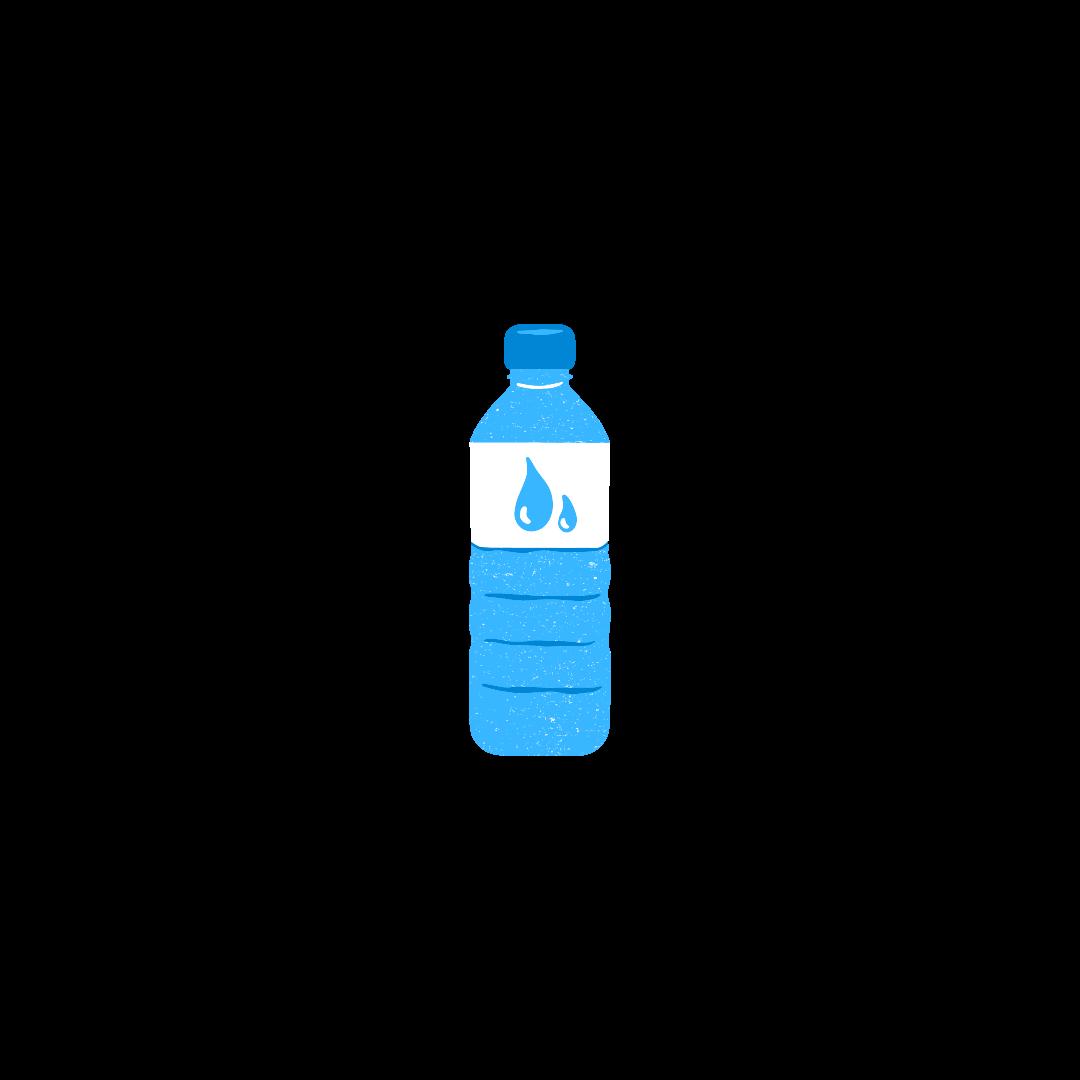


Potassium supports balancing fluid in the body & proper function of the muscles and nerves
Once potassium enters the body, it functions as an electrolyte.
Electrolytes help balance the amount of water in the body.
Helps to keep the body
The body is made 60%

Potassium helps to regulate the heart rate

Potassium helps regulate muscle contractions.

Potassium is the THIRD most abundant mineral in the body.



Potassium helps promote bone health.

98% of the body’s potassium is found in its cells.
Many runners eat foods high in potassium like before a run to prevent muscle cramps.



Oranges are a type of citrus fruit them grown in the U.S. from
Popular Types of Oranges:
1. Navel
2. Hamlin
3. Valencia
600+ varieties of oranges.
Orange season is 9 months long… October - June!

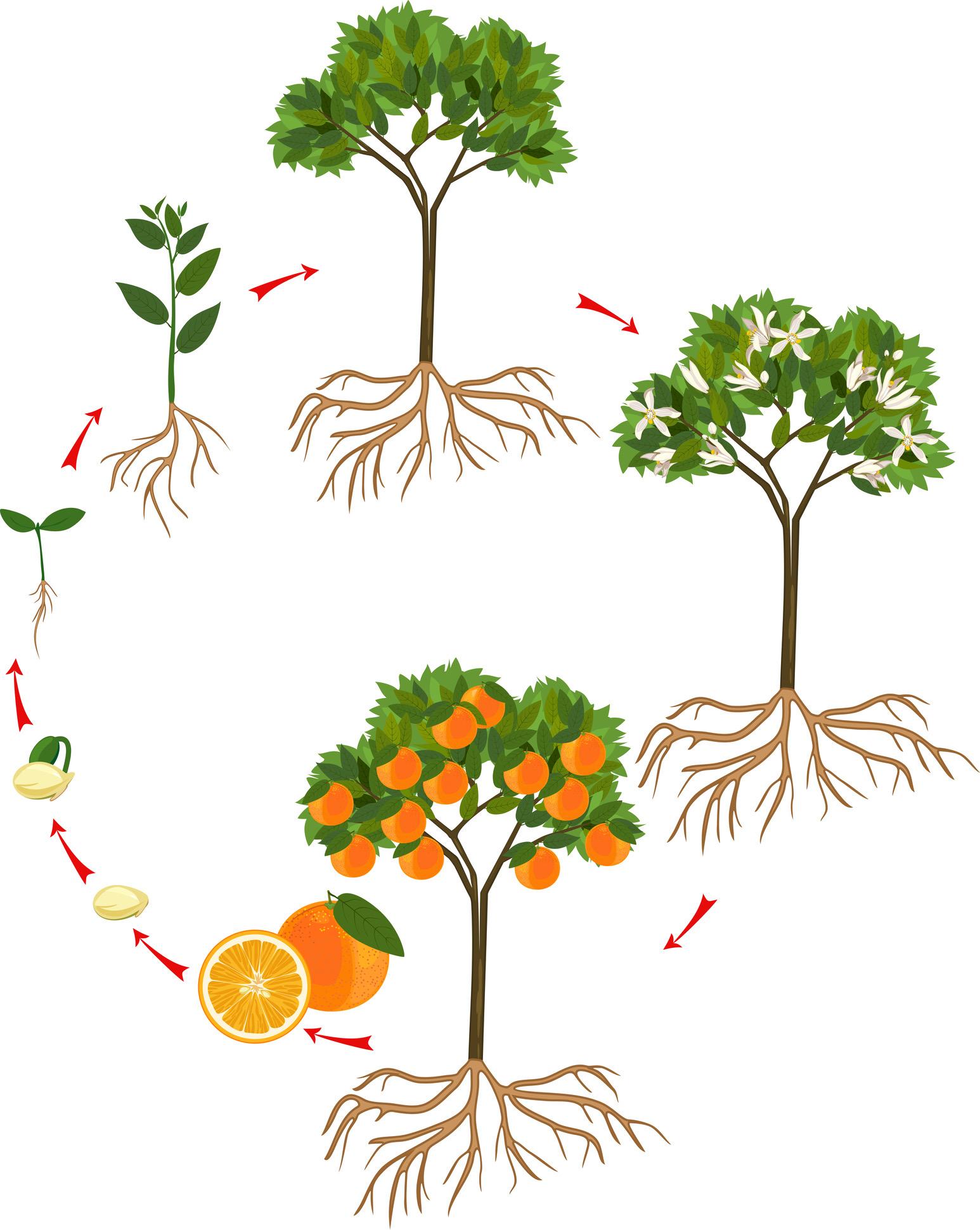

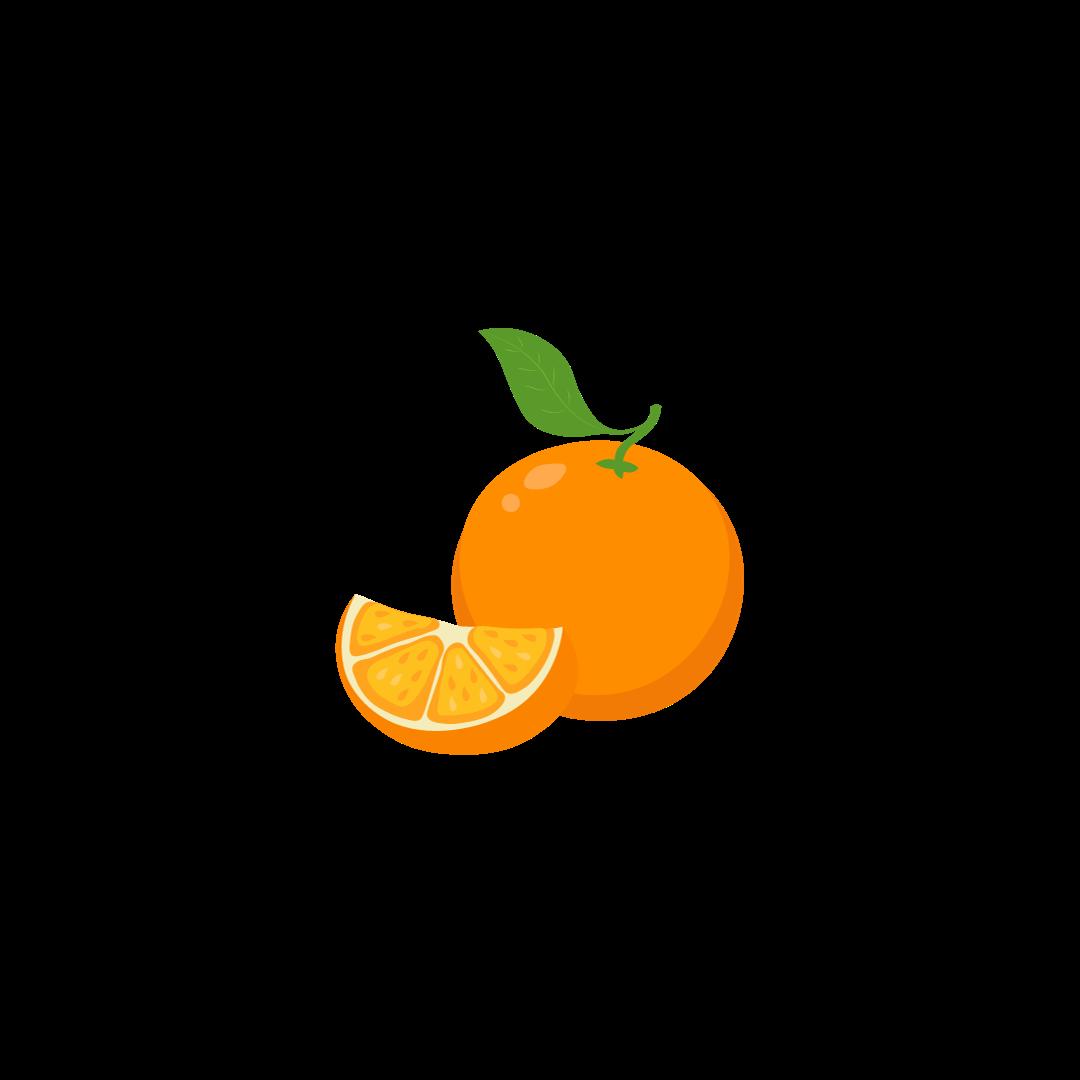

oranges are juiced.


Sub-tropical areas have ideal climate for growing oranges.
Most oranges are harvested by hand.
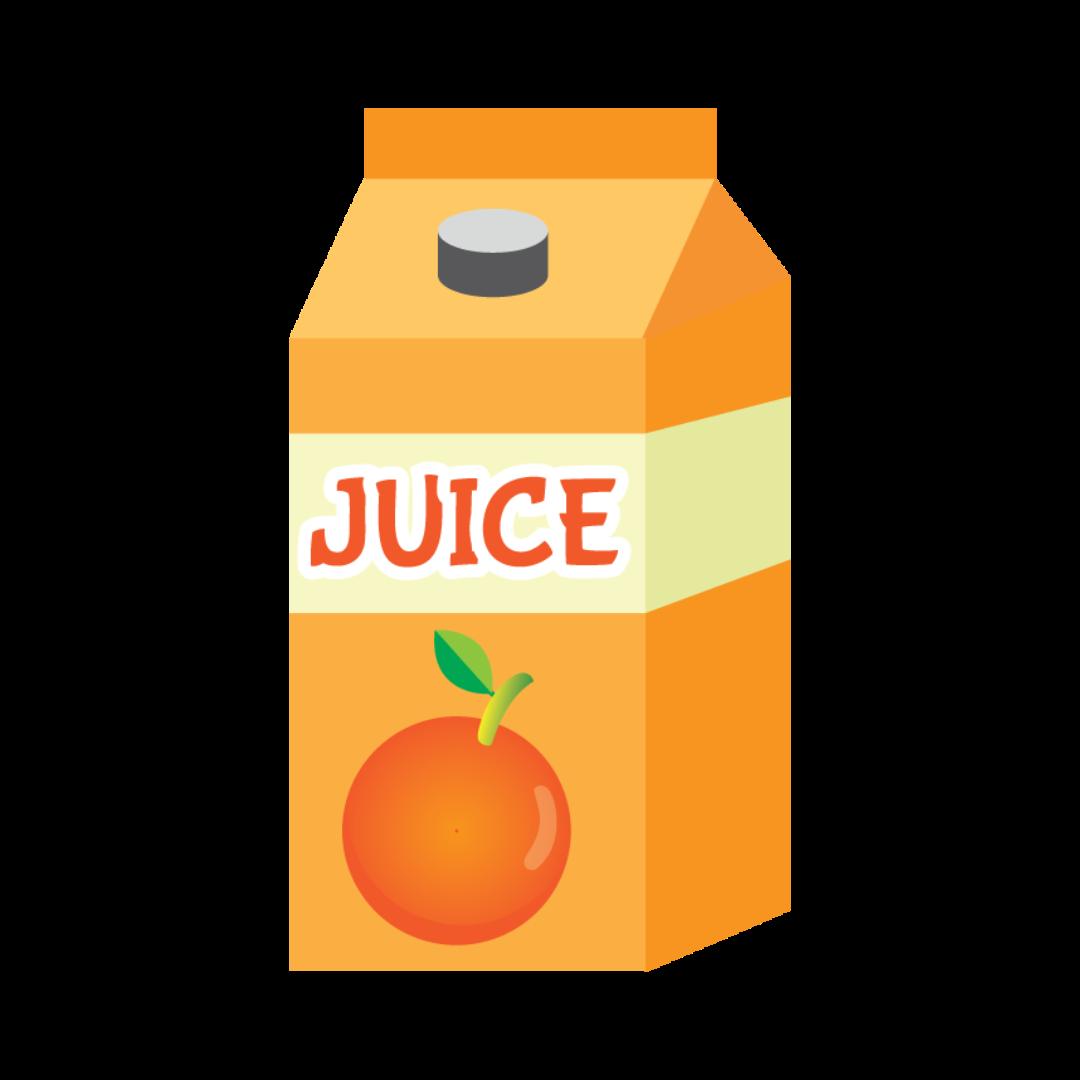
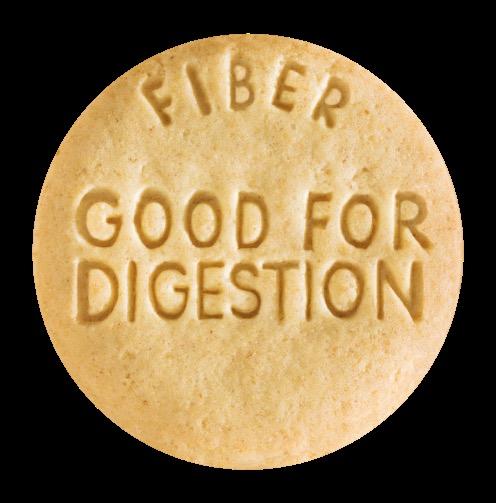


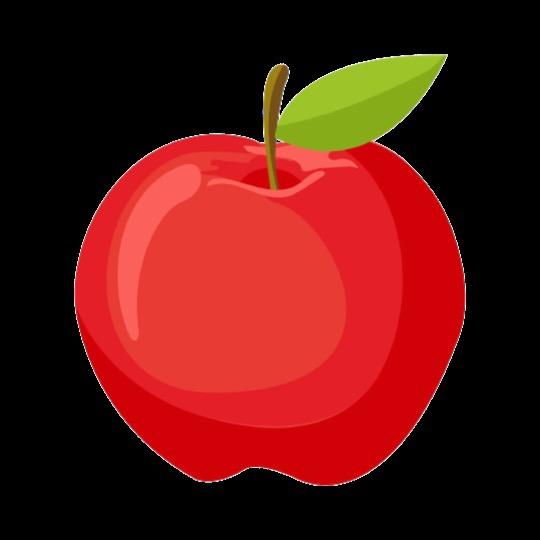


Fiber supports movement through the digestive system
Fiber is a type of carbohydrate body doesn’t digest; it simply passes through.
Soluble fiber dissolves in water…it helps regulate blood sugar levels and removes cholesterol from

Insoluble fiber is sometimes referred to as “roughage. ”

2 types of fiber:
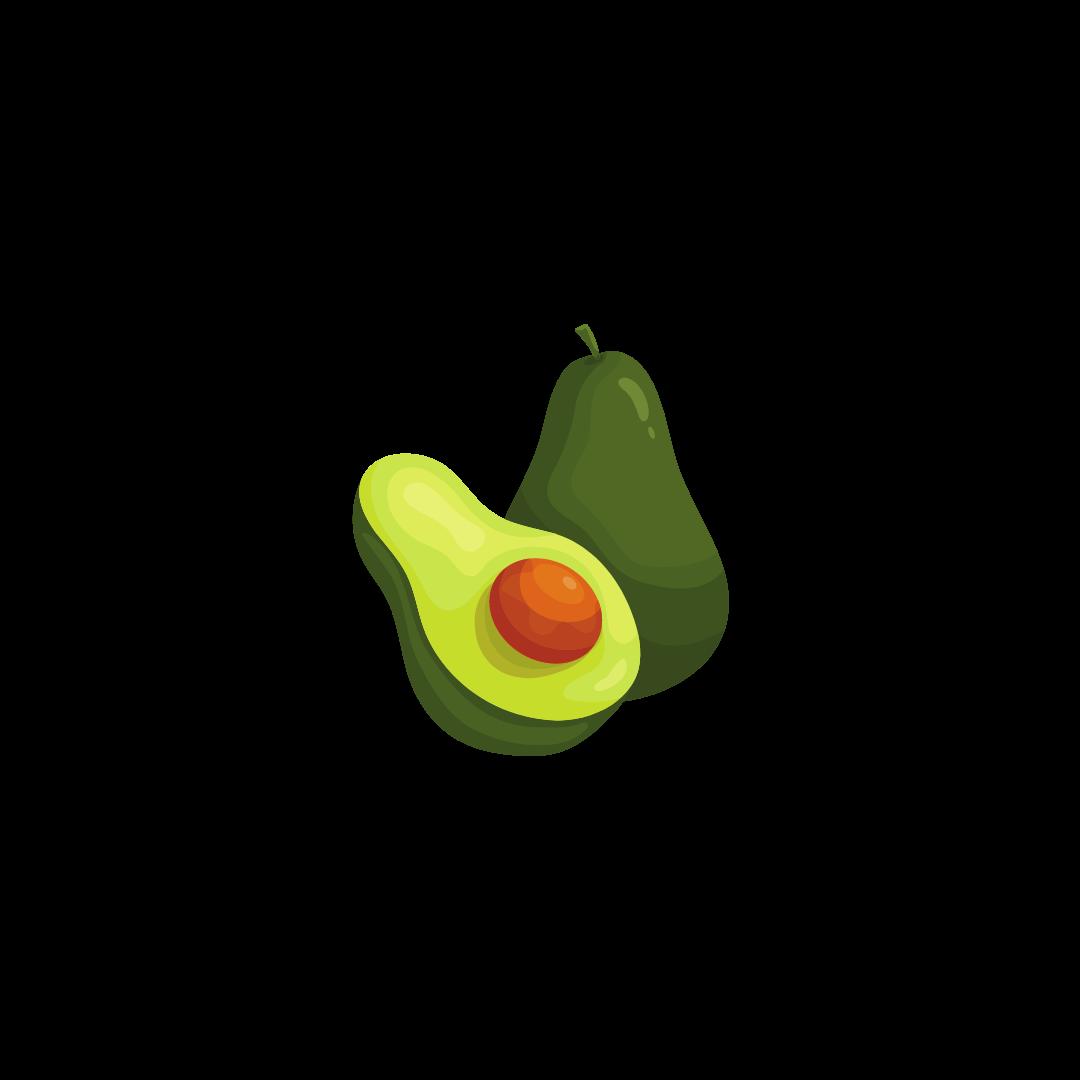
1. Soluble fiber
Insoluble fiber
Fiber is ONLY found in plant foods.
Dairy & meat products do not have any fiber.
Fiber helps to regulate the body’s use of sugar.
Insoluble fiber does not dissolve in water…it helps food move throughout the digestive system.
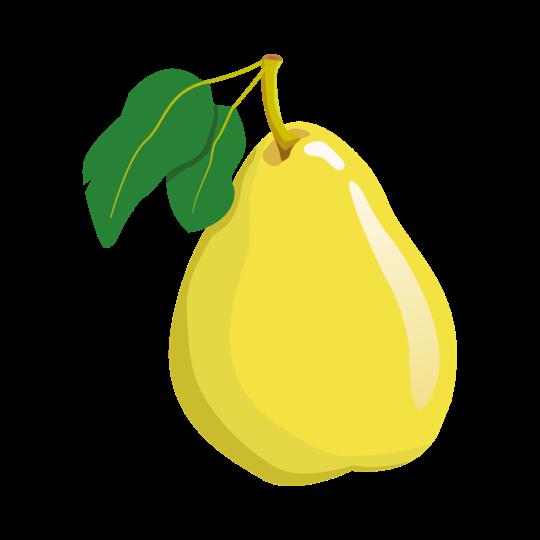
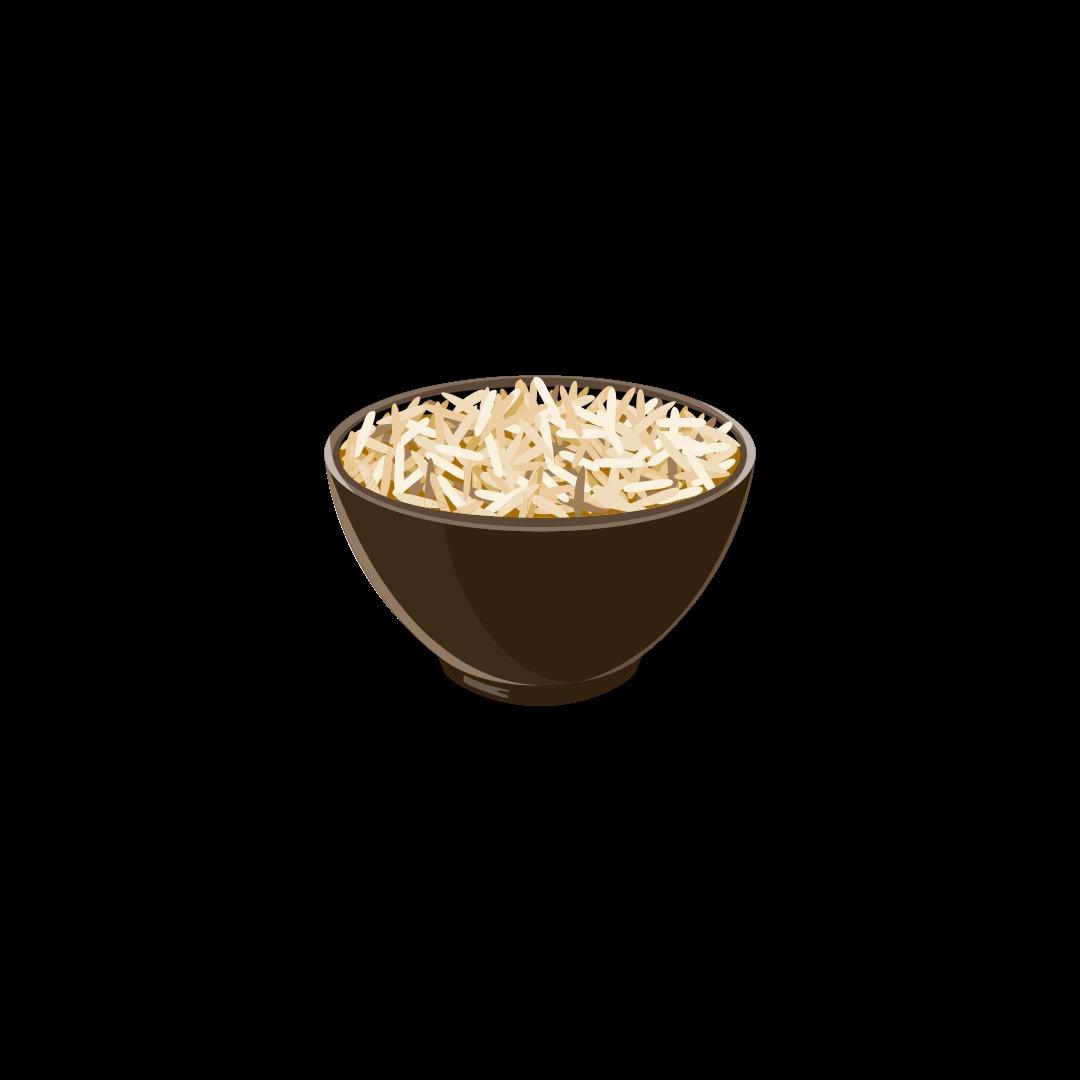
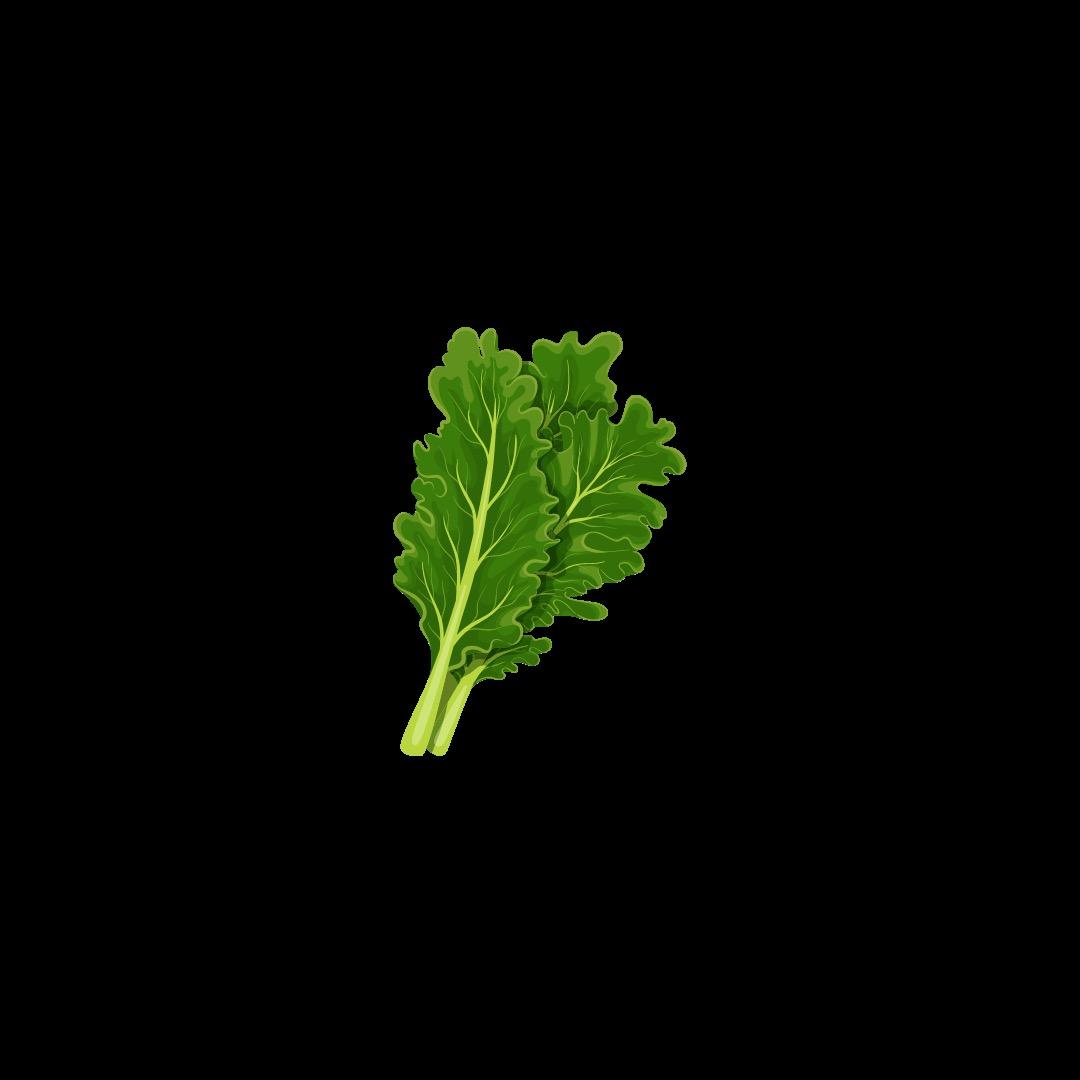
BOTH forms of fiber are important & beneficial to overall health.


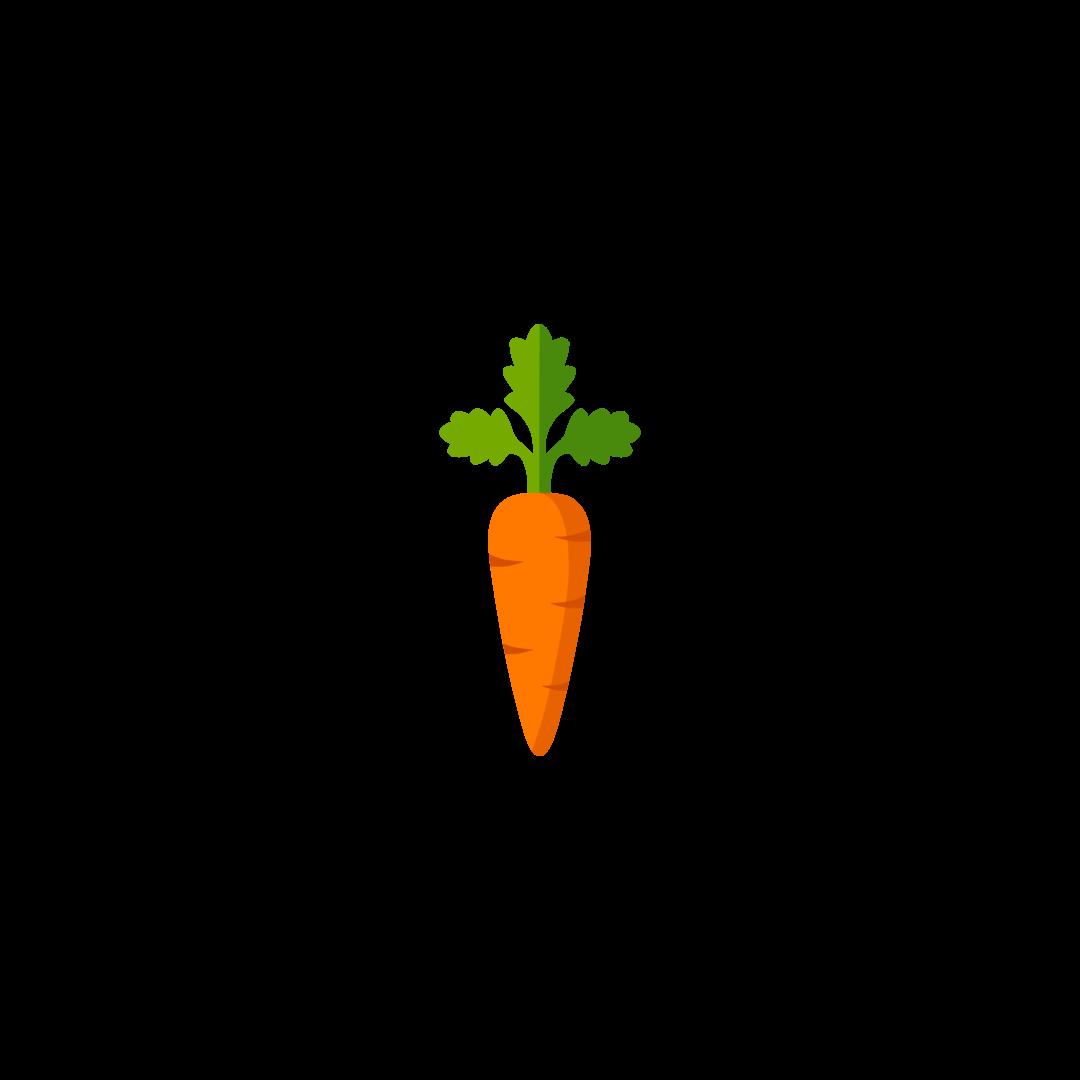

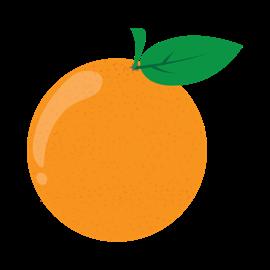
AOIDXTAITNN
TVAIINM C
YDARI TAREH HALTEH
BEIRF ENPRTOI

